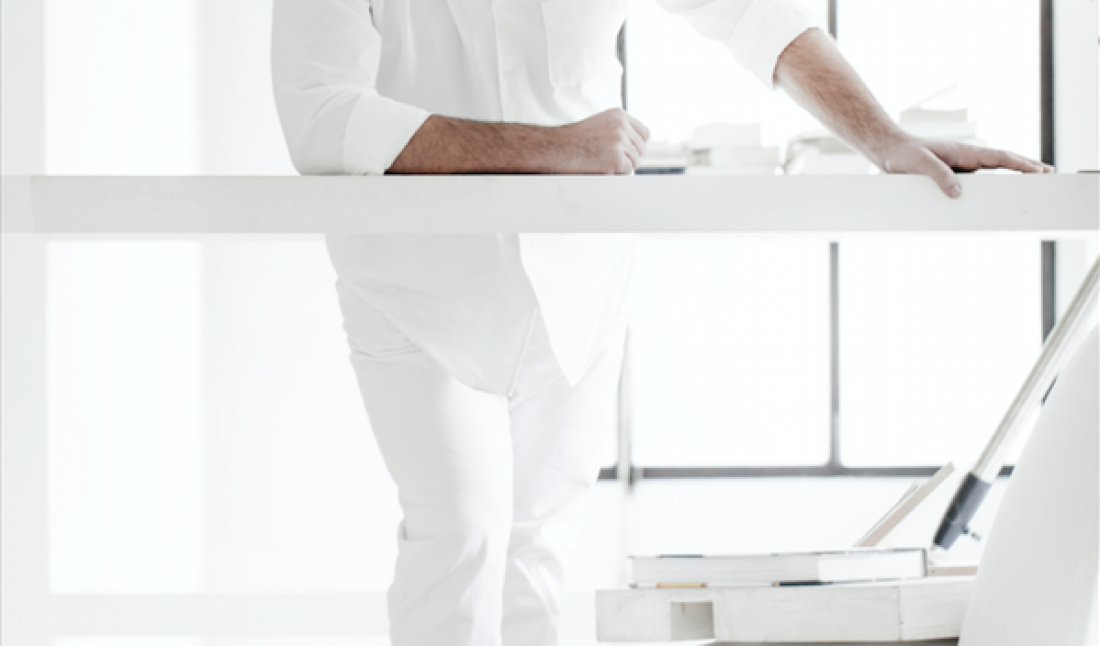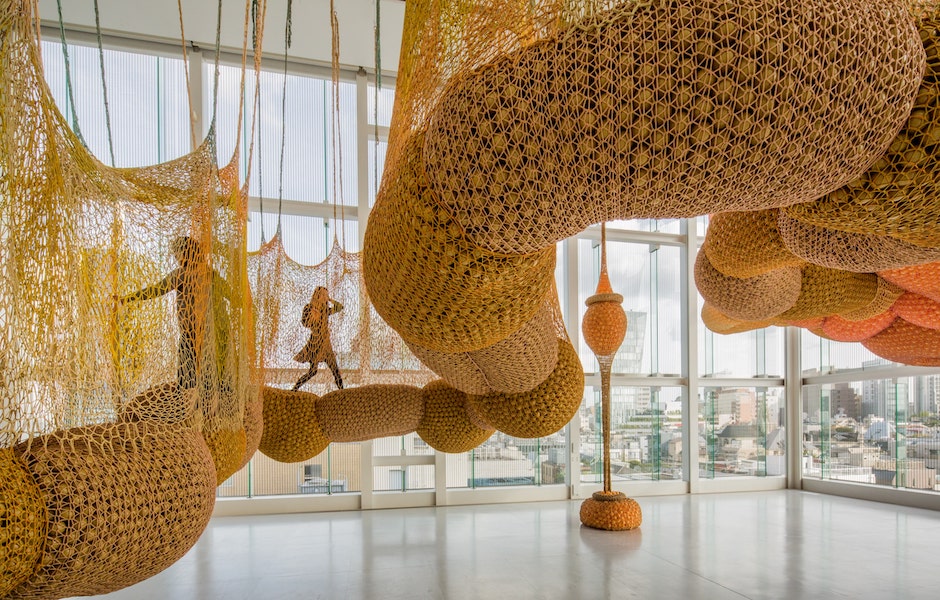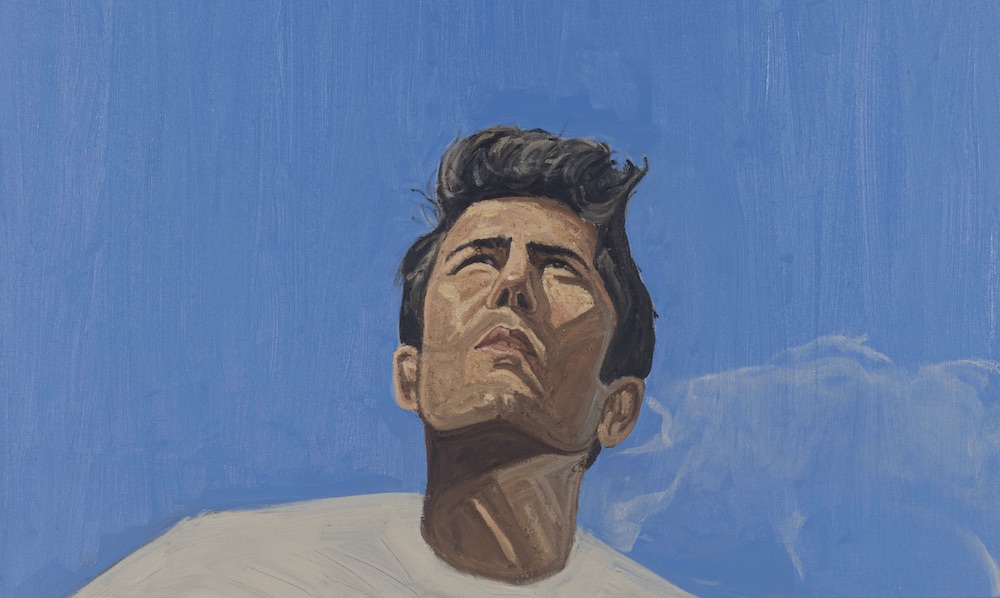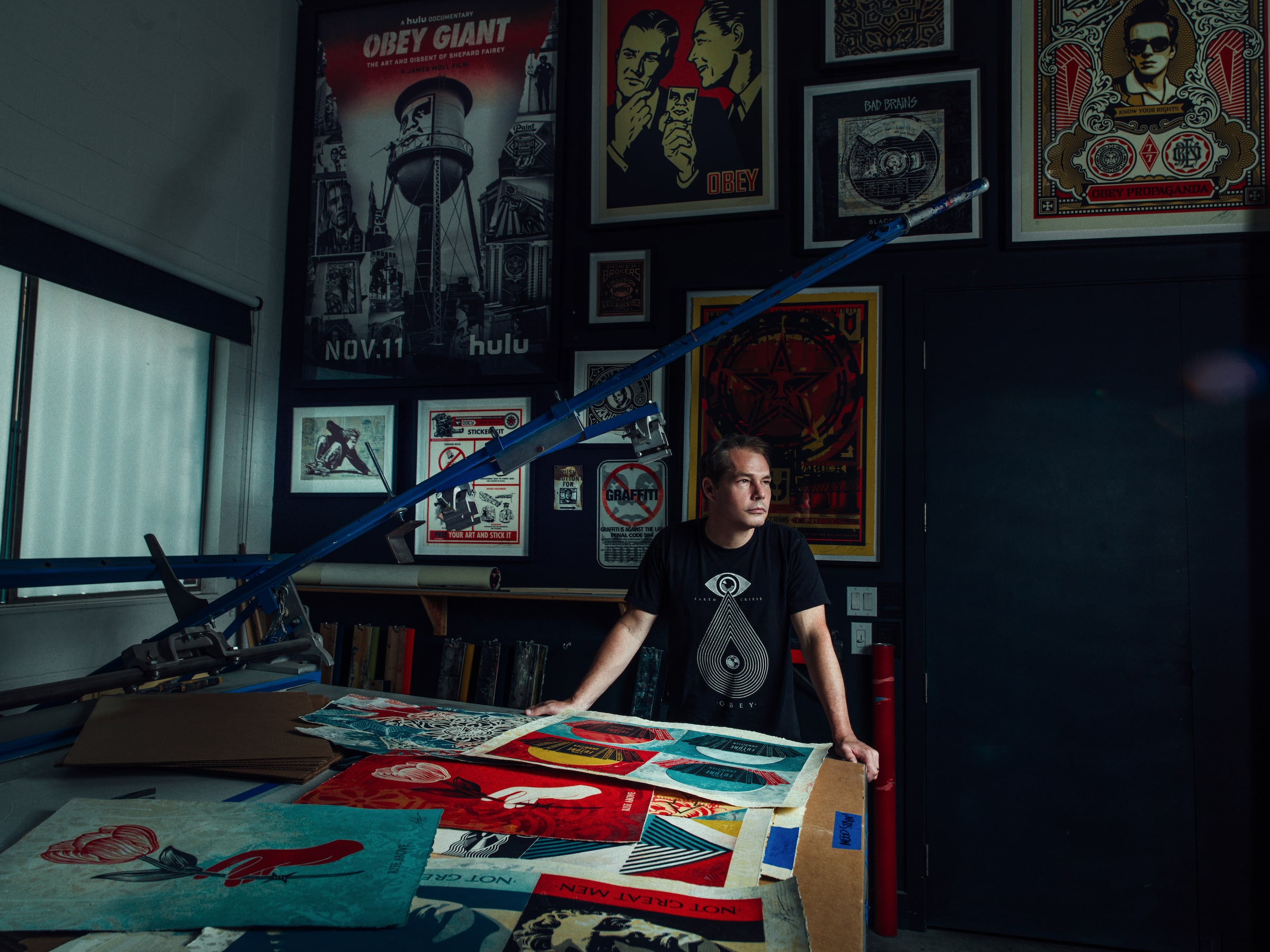This year, Poliform debuted its latest sofa, Westside, designed by Jean-Marie Massaud. The modular, multifunctional system allows for a fully customizable living room configuration—ready for any situation, day or night.
Massaud approached the seating area as an architectural landscape, supportive of the home’s varying needs and living scenarios. Comfortable yet sleek, pieces can be pushed together or pulled apart to create anything from a classic corner couch to a relaxing solo lounge. Elegant, understated side tables, backrests, headrests, pillows, or discreet bookcases can be added with ease. In an age when so many of us are finding ourselves home for longer periods of time than before, the Westside feels positively fitting for our way of life.
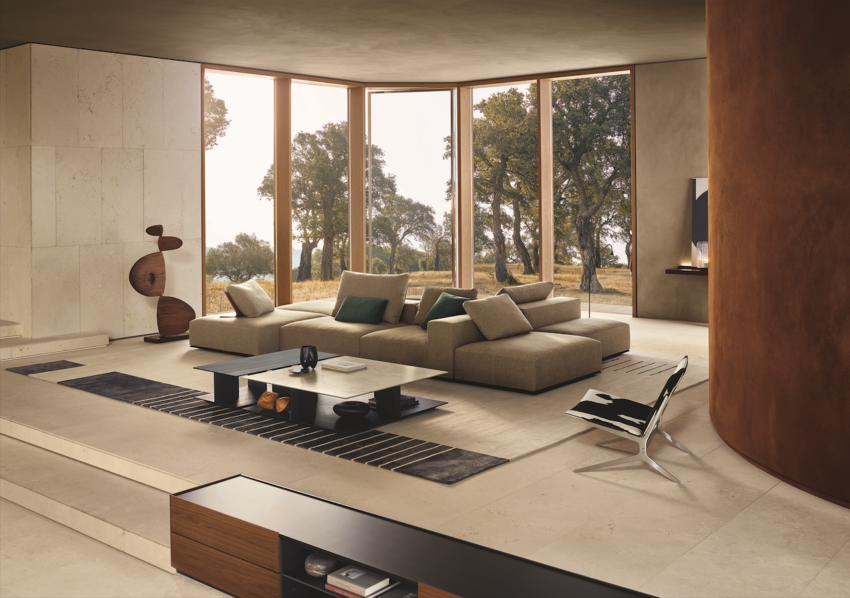 Courtesy of Poliform.
Courtesy of Poliform.
Whitewall spoke with Massaud about his latest collaboration with Poliform, and learned how biomorphic expression in design can offer responsible, sustainable solutions.
WHITEWALL: How do you envision the Westside sofa being used within a home? How is it a reaction to our contemporary way of life?
JEAN-MARIE MASSAUD: We have different ways to use our living room during the week, depending, for example, if we are alone on Monday, receiving friends on Wednesday, having a party on Friday, in front the fireplace or watching TV or sharing drinks while looking at the view . . . Westside is born with this need to make our living room a flexible and comfortable place to live!
It is an architectural landscape supporting different life scenarios, from small intimate islands to de-structured and spontaneous compositions. It can be a soft life raft, where you can find comfort facing different (three or four) orientations in the room, for different situations.
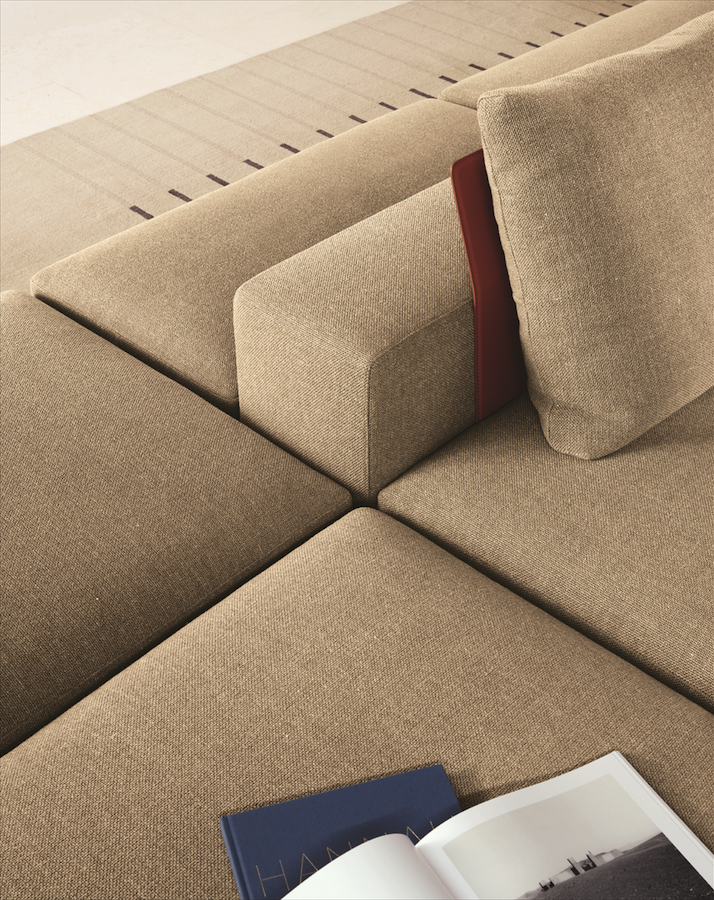 Courtesy of Poliform.
Courtesy of Poliform.
From a biomorphic expression, I reduced the concept to the essential and more architectural system of big, comfortable volumes, with accessories floating over a slim and stylish platform to protect the floor. It is a will of comfort, refinement, and elegant commodities.
WW: The multifunctional system includes a movable backrest, coffee table functionality, side tables, shelving, drawers, et cetera. Do you have a personal must-add function for your own living space?
JMM: During the day, I always work in horizontal position, in my garden, or in my living area. That’s the best way to let my mind float in empathy with the project I dream about. On the Westside landscape, I need the movable backrest, and for my accessories—iPad, drink, and some books—the side shelf is perfect and effortless.
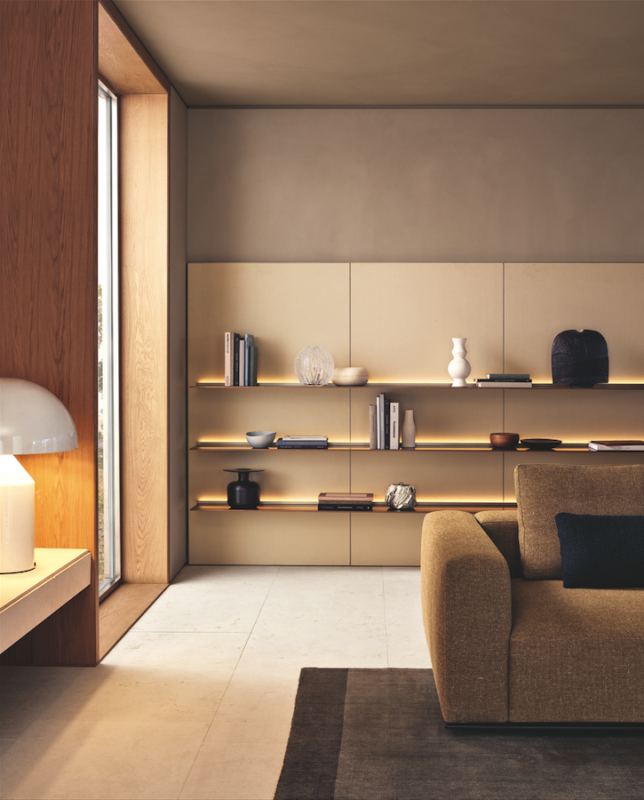 Courtesy of Poliform.
Courtesy of Poliform.
WW: How do you see design as a symbiosis between humans and the natural environment?
JMM: Design is a holistic approach driven by the quest for a qualitative growth instead of a quantitative growth. It is a merger between nature and culture.
People, at a human level, and our societies and environment come to the core of our thoughts: the quest for harmony that conciliates fulfillment and responsibility. It is fair, intelligent, and progressive concepts and architectures combining innovation in use, lightness, and elegance.
It is responsible and sustainable solutions—achievements that we will love for a long time. In this understanding, if we have to spend time and energy for something else than to live and share, it has to make sense.
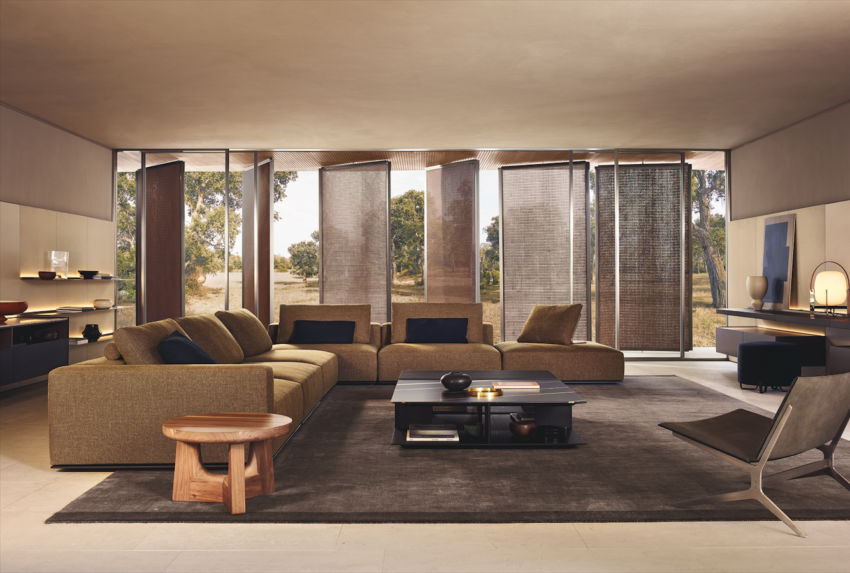 Courtesy of Poliform.
Courtesy of Poliform.






